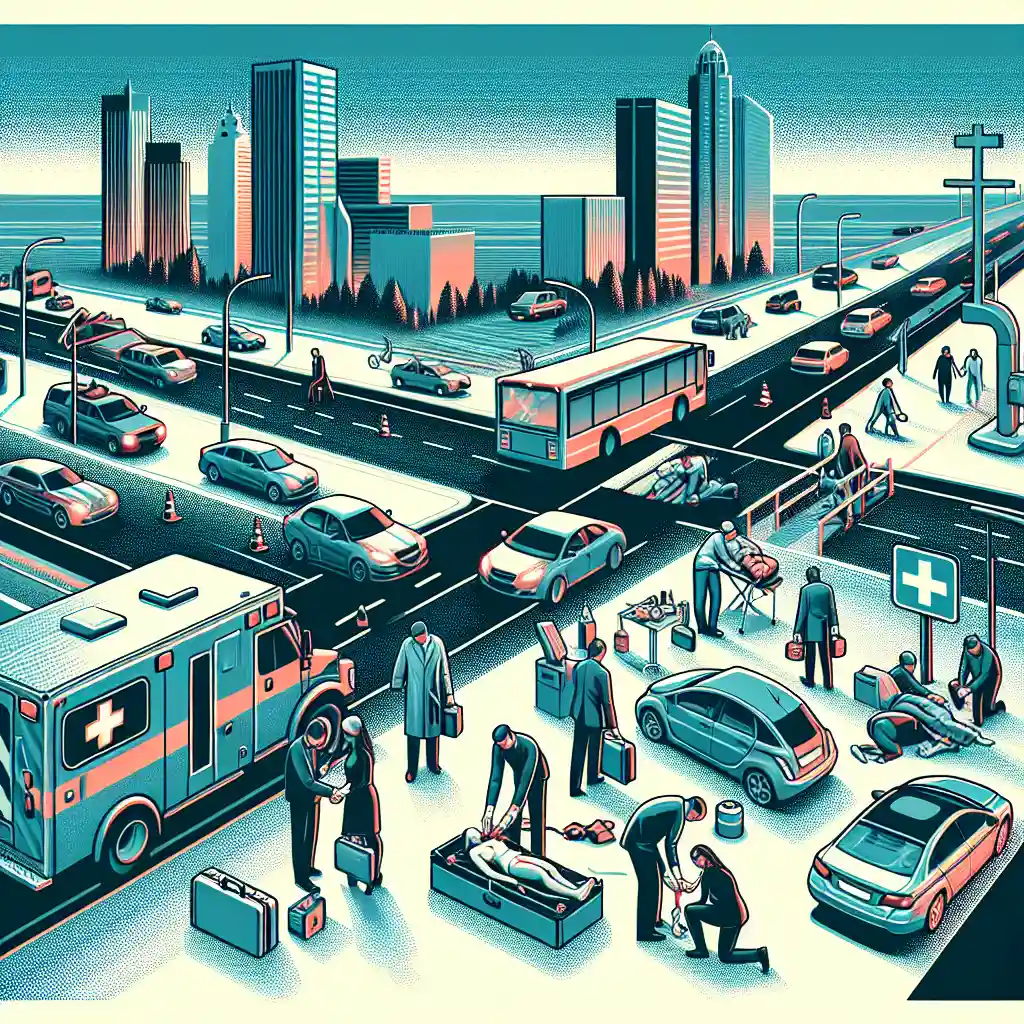Life-Saving Skills: Basic First Aid Techniques for Roadside Emergencies
In this blog post, we will discuss the essential life-saving skills needed for handling roadside emergencies. From basic first aid techniques to emergency response strategies, being prepared can make a significant difference in saving lives. Having the proper knowledge and training in injury treatment can empower you to act swiftly and effectively in critical situations. Let's explore some key aspects of first aid training for roadside emergencies.

Understanding the Importance of Basic First Aid
Having a basic understanding of first aid can be the difference between life and death in a roadside emergency. Knowing how to assess the situation, administer CPR, control bleeding, and immobilize injuries can help stabilize the victim until professional help arrives. By being prepared and equipped with the necessary skills, you can provide immediate assistance and potentially save a life.
Assessing the Situation
When faced with a roadside emergency, the first step is to assess the situation for any immediate dangers. Ensure that it is safe for you to approach the victim and provide assistance. Check for signs of breathing, consciousness, and severe bleeding. By quickly evaluating the scene, you can determine the best course of action and prioritize the victim's needs.
Administering CPR
Cardiopulmonary resuscitation (CPR) is a crucial skill that can help sustain a person's life until professional medical help arrives. If the victim is unresponsive and not breathing, performing CPR can help maintain blood flow and oxygen circulation. Remember the steps of CPR – call for help, perform chest compressions, and deliver rescue breaths according to the guidelines.
Controlling Bleeding
Severe bleeding can be life-threatening in a roadside emergency. Knowing how to control bleeding using direct pressure, elevation, and pressure points can help prevent excessive blood loss. Apply sterile dressings or clean cloth to the wound and maintain pressure until help arrives. Remember, time is of the essence when dealing with severe bleeding.
Immobilizing Injuries
In cases of suspected fractures or spinal injuries, it is essential to immobilize the affected area to prevent further damage. Use improvised splints or supportive materials to stabilize the injury before moving the victim. Avoid unnecessary movement that could exacerbate the injury. Remember, proper immobilization can help minimize complications and facilitate medical treatment.
Providing Comfort and Support
In addition to administering first aid techniques, providing comfort and emotional support to the victim can make a significant difference in their well-being. Reassure the individual, keep them calm, and provide assistance until professional help arrives. Your presence and caring attitude can help alleviate anxiety and fear during a challenging time.
By equipping yourself with basic first aid skills and knowledge, you can become a valuable resource in roadside emergencies. Remember, quick thinking, decisive action, and compassion are the cornerstones of effective emergency response. Stay prepared, stay informed, and be ready to make a difference when it matters most. Your actions can truly save lives.



























